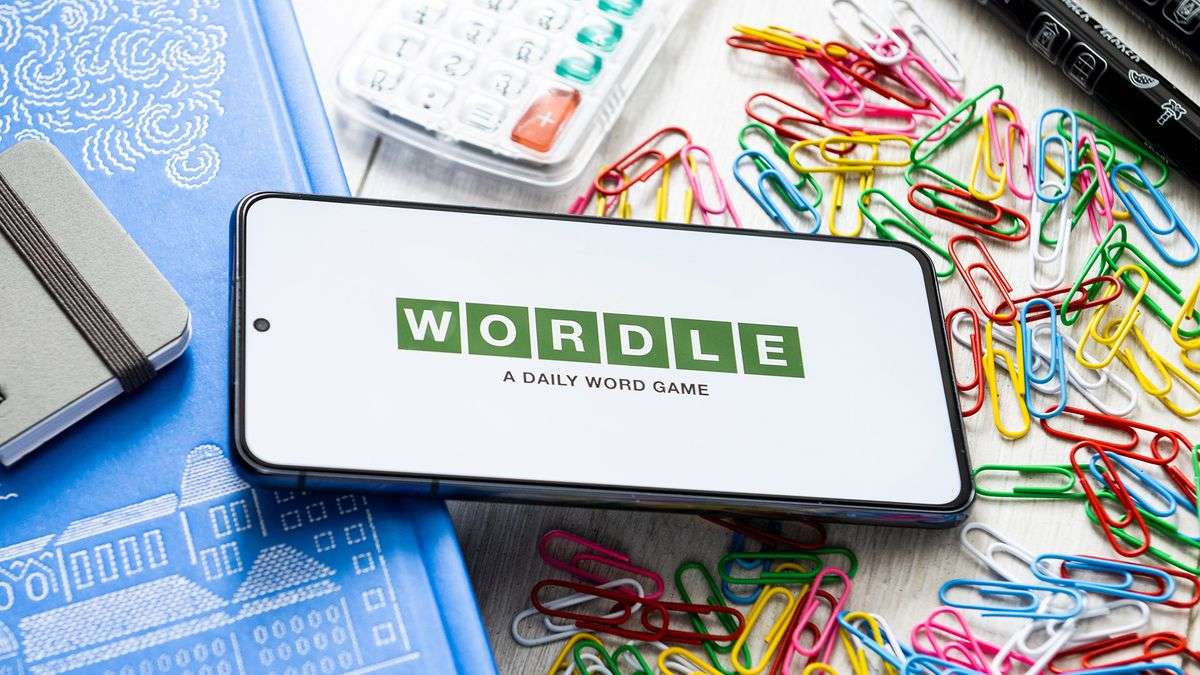Creating custom AI characters for chat interactions involves combining different technologies such as natural language processing (NLP) and machine learning (ML). Below, I’ll provide a high-level overview of the steps involved in creating custom AI characters:
Define the purpose and scope:
Determine the purpose of your AI characters. Are they for entertainment, customer support, education, or a specific niche?
Define the scope of the conversation and define the topics your AI characters will handle.
Choose a platform or framework:
Choose a platform or framework that supports the development of chatbots or conversational agents. Popular choices include creating a custom solution using programming languages such as DialogFlow, the Microsoft Bot Framework, Rasa, or Python.
Design conversation flow:
Plan the flow of the conversation. Describe potential user information and related responses.
Consider creating a conversation tree or flowchart to visualize how users will interact with your AI characters.
Natural Language Processing (NLP):
Apply NLP to understand and interpret user input. NLP helps your AI characters understand the meaning behind user messages.
Train your models on relevant datasets to improve language understanding.
Machine Learning Models:
Depending on the complexity of your AI characters, you can use machine learning models for dialog generation and context understanding.
Train and fine-tune models on your specific data or use pre-trained models if available.
Integration with APIs:
Integrate your AI characters with external APIs to get real-time information or provide dynamic responses based on external data.
User Experience (UX) Design:
Consider user experience when designing interactions. Make sure AI characters provide clear and helpful answers.
Implement features like error handling and user guidance for a seamless experience.
Testing and Repetition:
Thoroughly test your AI characters to identify and fix any issues.
Collect user feedback and iterate on design and functionality to enhance the user experience.
Security and Privacy:
Implement security measures to protect user data and privacy. Ensure compliance with relevant regulations.
Deployment:
Deploy your AI characters on selected platforms or integrate them into your application or website.
Monitor their performance and continuously improve based on user feedback and usage patterns.
Remember that creating effective AI characters involves an iterative process. Continuous improvement based on user feedback and evolving technology is critical to maintaining relevance and user satisfaction.
Here are some popular options as of my last update:
DialogFlow by Google: Allows you to create conversational interfaces for websites, mobile applications, messaging platforms and more.
Microsoft Bot Framework: A comprehensive framework for building conversational bots using various programming languages.
An open-source platform for building conversational AI, providing both NLU (natural language understanding) and dialog management.
Botpress: An open-source conversational platform with a visual interface for building chatbots.
Please note that the availability of certain tools and platforms may have changed since my last update, so I recommend checking the latest information online for the latest options. Additionally, if “Character AI – Chat Ask Create Online” is a new tool or service that has come out since my last update, I may not be aware of it.
Character AI: Traits, Limitations, and How to Bypass Filters:

As of my last knowledge update in January 2022, I have no specific knowledge of an entity called “character AI”. However, I can provide general information about features, limitations and considerations related to AI characters or chatbots.
Features of AI Characters:
Natural Language Processing (NLP): AI characters often leverage NLP to understand and respond to user input conversationally.- Contextual understanding: Advanced AI characters can maintain context during conversations, providing more coherent and relevant responses.
Personalization: Some AI characters can be designed to personalize interactions based on user preferences or historical data. - Multilingual support: Many AI characters can support multiple languages, broadening their reach.
- Integration with external systems: AI characters can be designed to integrate with external APIs to provide real-time information or perform specific tasks.
- Learning and adaptation: Some AI characters can learn and adapt over time, improving their performance through user interaction and feedback.
Limitations of AI characters:
Lack of true understanding: While NLP has advanced, AI characters may still lack true understanding and provide incorrect or contextually inappropriate answers.- Dependence on training data: The performance of AI characters is highly dependent on the quality and diversity of training data. Biases in data can affect AI behavior.
Difficulty with Ambiguity: AI characters can struggle with ambiguous or ambiguous user inputs, which can lead to misinterpretations. - Inability to handle emotional nuances: It can be difficult for AI characters to understand and respond appropriately to emotional nuances in user input.
- Security and Privacy Concerns: Handling sensitive information and ensuring privacy and security of user data are ongoing challenges.
Bypassing filters:
It’s important to note that bypassing filters or manipulating AI systems can have ethical and legal implications. Developers often apply filters to ensure responsible use and prevent abuse. Bypassing the filters may violate the Terms of Service and lead to unintended consequences.
If you are experiencing limitations with the AI system, it is recommended that you provide feedback to the developers or service providers. They can use this feedback to improve the system and resolve any issues that users may encounter.
Keep in mind that the information provided here is based on the state of the technology as of January 2022, and may have evolved since then. If “Character AI” is a specific tool or service, I recommend checking its official documentation or contacting the developers for the most accurate and up-to-date information.
Internal Link : emitsnews





